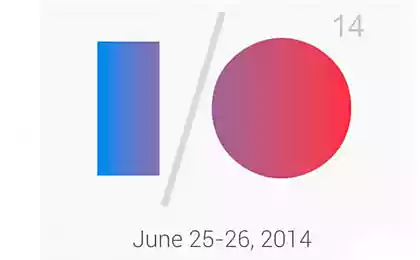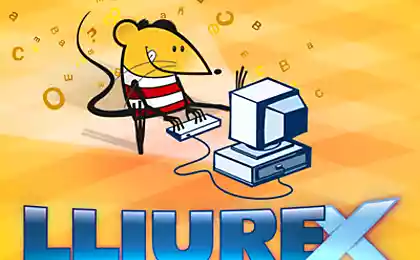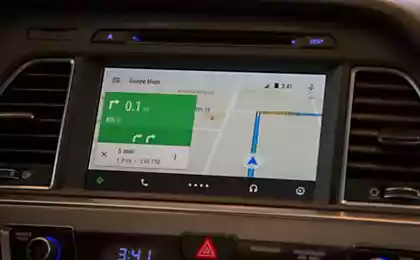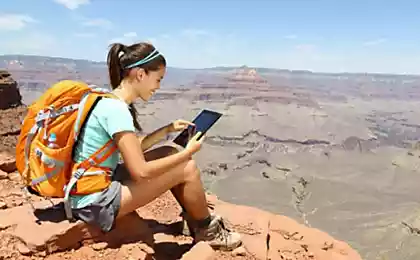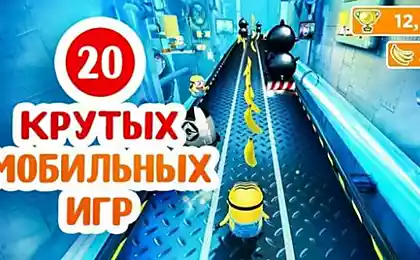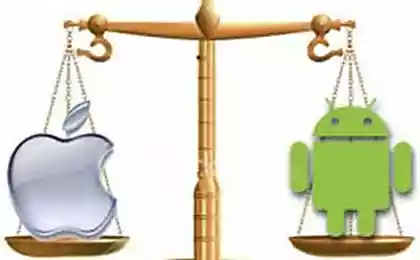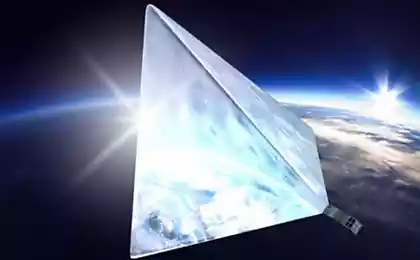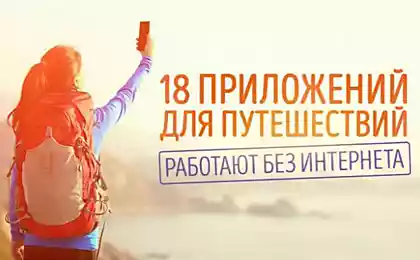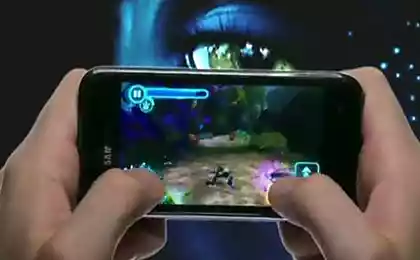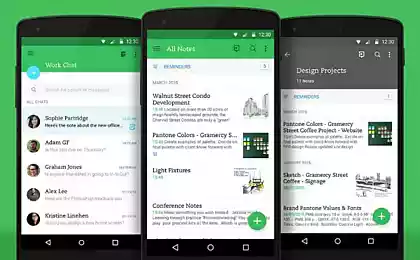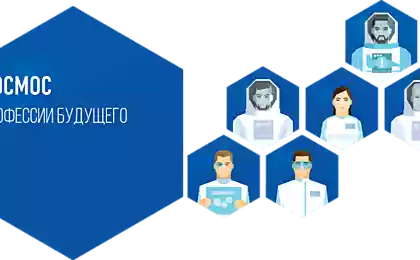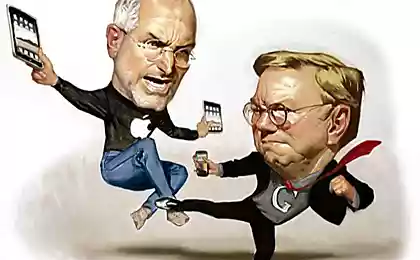1395
The beauty of space or how I read a popular science lecture

On August 28, a popular science lecture “The Beauty of Space” was held in the Ufa anticafe “GoodZone”. And I want to present to your attention the adaptation of the lecture in Habrapublication, as well as a short story about the technical aspects and software that was used in the preparation and presentation.
If you want to immediately go to the materials of the presentation and not read about its origin and technical aspects, click here.
There is such a wonderful person - Alexander Shaenko - a developer of space technology, who created the community "Your sector of space" and reads popular science lectures on cosmonautics. Initially, the lectures were given in Moscow, but in the summer Alexander was struck by the idea to travel around Russia from Moscow to Kamchatka, giving lectures along the way. Just recently, the project “Space from the sea to the sea” was successfully completed in the village of Vulkanne near Petropavlovsk-Kamchatsky.
I learned about this project by accident, when Alexander was already in Yekaterinburg. In addition, Ufa, in any case, was not in terms of movement. It seemed that we could start to get upset - the lectures passed us by. On the other hand, I came up with the idea of giving such a lecture myself. Still, I write popular science publications on Habr, and worked as a teacher for a long time, lecturing is a familiar and familiar thing. I contacted Alexander, he not only did not object, but also offered to take as a base his lectures, posted in the public domain. The first lecture should have a minimum entry threshold, so the theme “The Beauty of Space” was very appropriate. I reworked the material quite a lot, removing quotes from science fiction works and expanding the direction of the narrative – instead of moving “from space to Earth”, it turned out “from Earth to space”.
I haven’t made a presentation in a long time, so the possibility of adding a video was some news to me. Talking about beauty goes well with video, so that was good news.
The next question was to reproduce the presentation. Putting a trained person in front of a computer and telling them, “Next slide, please,” is uncomfortable. Ideally, the speaker should be able to switch to any slide of the presentation. At the same time, the speaker is better off standing, so the option of sitting at the computer and pressing buttons while managing the presentation is also bad. So I spent some time exploring how to manage the presentation from a smartphone, the big screen and high performance of the Galaxy Note 3 made this idea very promising.
The first idea of managing a presentation device directly from a smartphone was unsuccessful. Promised by the manufacturer the ability to wirelessly synchronize the screens of the smartphone and TV crashed about the lack of compatible with this technology TVs. The idea of wire communication required an HDMI adapter, not to mention the inconvenience of a wired connection for a gesture and moving lecturer. The same problems were with projectors. The situation was aggravated by software problems - the smartphone has good software that supports video in the presentation (POLARIS Office Viewer, is part of the basic software), which, however, could not play the presentation of ODP. And the attempt to export ODP presentations to PPTX led to the video disappearing from them.
In the process of searching for software that could cope with the task, I came across the software “LibreOffice Impress Remote” from the developers of LibreOffice, which makes the phone a remote control for a computer with a presentation. This option turned out to be the best – the computer connects to the projector, and the smartphone connects via WiFi or Bluetooth to the computer and manages the presentation. The bonus is the ability to display notes on the smartphone screen as hints during the demonstration and emulate pointers. According to the results of the lecture, I am pleased with the chosen way of showing.
The only problem that comes up is the high demands on computer resources. The presentation with the video turned out to be about 500 MB, and unexplained hangings, glitches and departures fell on a weak computer. On the more powerful computer used for the lecture, the error appeared only once, just in time for the recess.
I hope my experience will be useful to you in creating your presentations.
The beauty of space has firmly entered our lives. Satellites provide communications, TV, Internet, navigation, sensing of the Earth. On the ISS, the crew advances science and helps the national economy. Automatic interplanetary stations provide us with information about what is happening on other planets. But beyond that, space is also beautiful. Space technology is beautiful engineering excellence. On the ISS, satellites, and AMC are cameras that give us a glimpse of cosmic beauty.
Missiles
It seems like an ordinary launch of an ordinary Soyuz launch vehicle. If you do not think about the fact that at the start, thirty-two combustion chambers work synchronously at the temperature from which the metal melts, and only special engineering solutions protect the engines from destruction. The nine-minute control system maintains an unstable balance (try to hold the pencil vertically on your finger for nine minutes!) and in offline mode, relying on data on acceleration and corners, provides the highest accuracy (try, close your eyes, drive nine minutes by car and drive into a garage, 0.5 cm larger than your car!).
And in the next video, the cameras were put on a similar rocket, for the first time in 57 years of flights of carrier rockets of the R-7 family. The separation of the four side blocks of the first stage and the opening of the drainage valve of the third stage after the separation look very beautiful.
In general, almost any release of liquid or gas looks very beautiful in space. And if the rocket is illuminated by the Sun, and the observer on the surface is already in the shadow, you get beauty in the whole sky. This effect is called jellyfish. Image source: AstoForum.
Pay attention to the transverse strip - this is a trace of the separation of the second and third stages.
The third video of the Rocket chapter was also taken from the board of the soaring spacecraft, but now it is the Space Shuttle.
Smoke in the area of 45 seconds of flight is the effect of the transition to supersonic - the air forms a shock wave, behind which pressure drops sharply, and the moisture of the air condenses into fog.
The Earth looks very beautiful from orbit. Here's a video from the ISS showing cities at night, northern lights, lightning in thunderstorms:
//player.vimeo.com/video/61259040
In general, the photo from the ISS can be viewed almost endlessly. The main problem with this part of the presentation was to avoid too many photos. Photo source - VK page of Roscosmos.
ISS:
Storm front:
Clouds:
Soyuz ship:
Africa:
Bering Sea:
Volga:
Luna
This is the most famous photo of Earthrise taken by Apollo 8 astronauts on December 24, 1968. Paradoxically, by flying to the moon, we discovered the Earth. And thanks to the Lunar Reconnaissance Orbiter, which has been orbiting the moon since 2009, we can look at the reconstruction of this event:
The following video is a stabilised shot of the Apollo 16 astronauts. The camera was on the chest of the spacesuit on a fairly rigid mount, so the original video was very shaking, but thanks to modern software, we can see a much more comfortable picture of trips on a lunar car:
Now on Mars, a very active "engine" of robots - three orbiters, two rovers, and two more vehicles on approach. And thanks to the Mars Reconnaissance Orbiter, we can admire alien beauty:
Victoria Crater, one of the targets of the Opportunity rover.
And this spectacle is impossible in earthly conditions. The polar region of Mars was photographed in the spring. Snow from carbon dioxide melts and turns immediately into gas, bypassing the liquid phase. Gas emissions capture the soil, the brown “blizzards” in the photo are emissions of gas geysers.
The following video shows the technically very complex landing process of the Curiosity rover. The video is stabilized by software processing, which greatly increases the convenience of viewing.
And this is sunset on Mars. Due to the dust in the atmosphere, it is blue. It's a small thing, but it's impressive.
Fresh footage of the comet Churyumov-Gerasimenko, filmed by the probe Rosetta
And this is a unique landing of the Huygens probe on Titan. Titan is the largest satellite of the Saturn system, the only one of all the satellites of the solar system covered with an opaque atmosphere. Only the lander could tell what was on the surface:
Reconstruction of the landing, you can get an idea of what the lander looks like:
The Great Red Spot on Jupiter, a giant vortex larger than Earth, Voyager 1 image:
A hexagonal vortex on Saturn. It was reproduced on Earth: in a thirty-liter container with rotating water placed rotating rings. At different speeds of the rings, oval, triangular, hexagonal, etc. vortices were obtained.
Video from photos of the Voyager and Cassini probes:
//player.vimeo.com/video/40234826
And then? This video is fantastic. But I still hope that at least our descendants will see such pictures from interstellar probes or manned ships. There is a phrase Tsiolkovsky often repeated in conversations about cosmonautics, it is very long-tailed, but it is still better not to say: “The Earth is the cradle of mankind, but you can not live forever in the cradle.”
Materials from the lecture A pair of photos:
Link to the presentation. Use for popular science lectures is highly welcome.
Link to the presentation of Alexander Shaenko (also available for use).
Video of the first part of the lecture. Unfortunately, the second part for unknown reasons was not recorded. There's some chance of material from another device that was also recording.
After the lecture, feedback forms were distributed. 22 forms were filled out (the lecture was under thirty people), the assessment of the content of the lecture was 4.54 out of 5, the assessment of the form of the lecture (submission of material) was 4.59. Judging by the reviews, the audience liked, repeatedly received requests to continue this endeavor.
Special thanks to the anti-cafe “GoodZone”, which made the audience’s stay at the lecture free.
Source: habrahabr.ru/post/235057/
